The middle distal canal in mandibular molars is a rare but clinically significant anatomical variation. Its prevalence varies from 0.26% to 9.6%, influenced by population differences and detection methods like […]
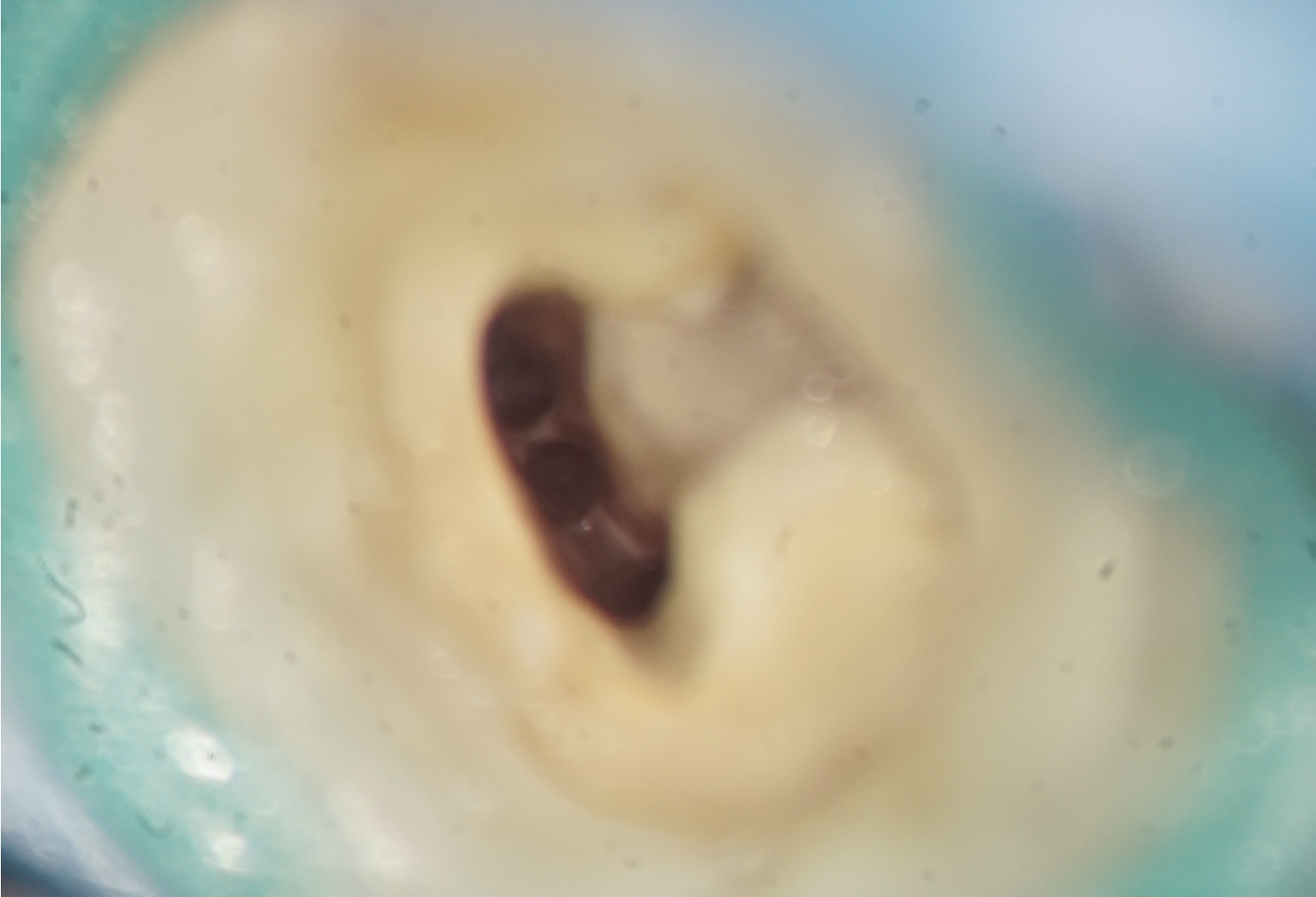 Clinical Insights into the Middle Distal Canal of Mandibular Molars: A Case Report.
Clinical Insights into the Middle Distal Canal of Mandibular Molars: A Case Report.
The middle distal canal in mandibular molars is a rare but clinically significant anatomical variation. Its prevalence varies from 0.26% to 9.6%, influenced by population differences and detection methods like […]
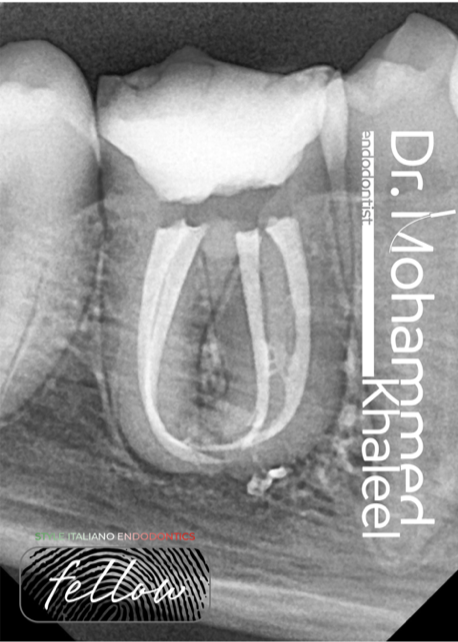 Dealing with intricate root canal system
Dealing with intricate root canal system
In Endodontics, while managing curved canals , an exception to dealing with the intricate canal system could be when using advanced technology like rotary instruments or nickel-titanium files.
These tools can help simplify the process by efficiently cleaning and shaping the canals, making it easier to navigate through complex canal anatomy.
By utilizing such modern techniques, Endodontist can overcome the challenges posed by intricate canal systems more effectively.
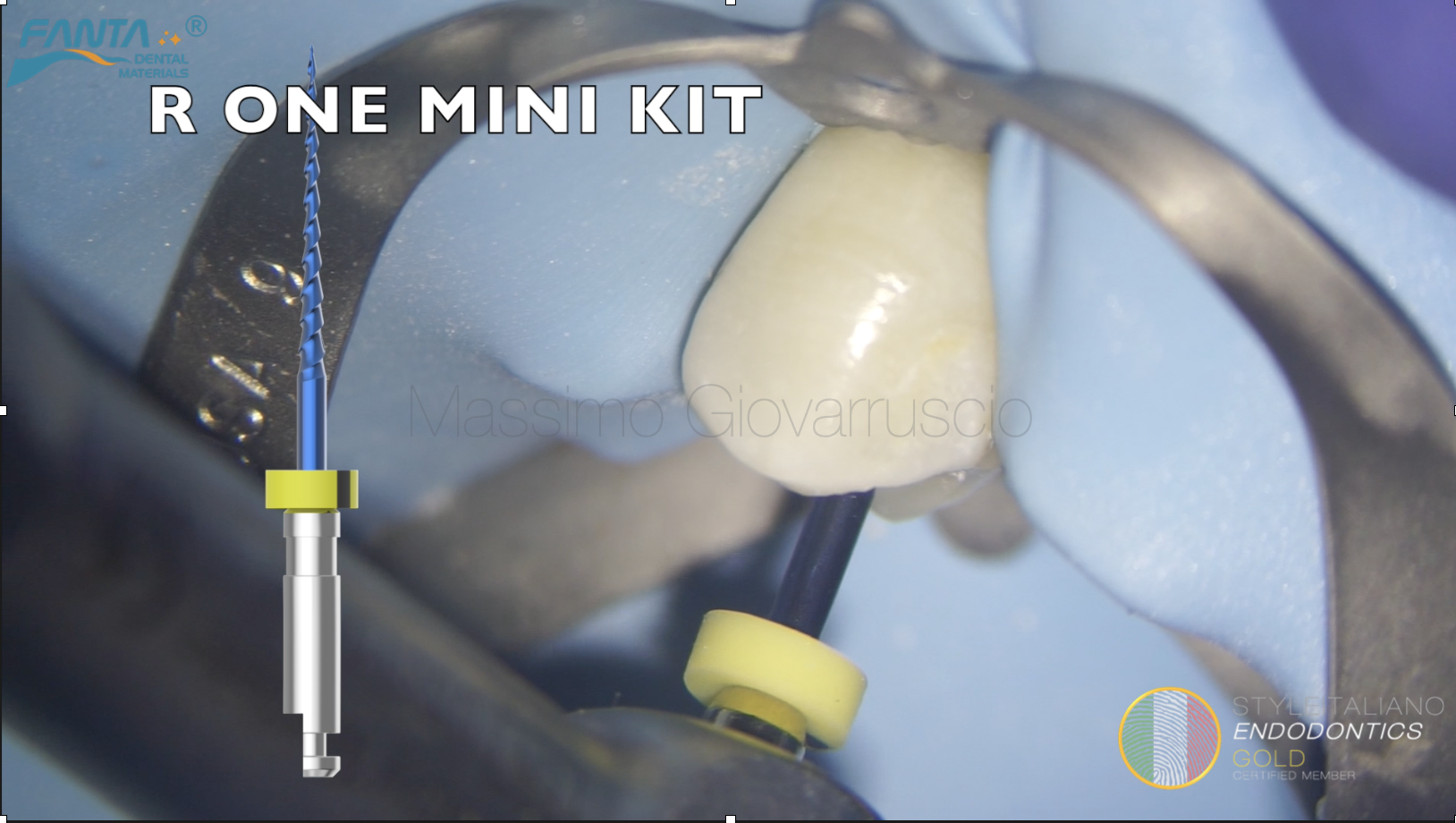 The curve you don’t expect
The curve you don’t expect
Patient has been referred due to symptoms on Upper Right Second Premolar. The tooth is tender to percussion and does not respond positively to vital test. Diagnosis is apical periodontitis […]
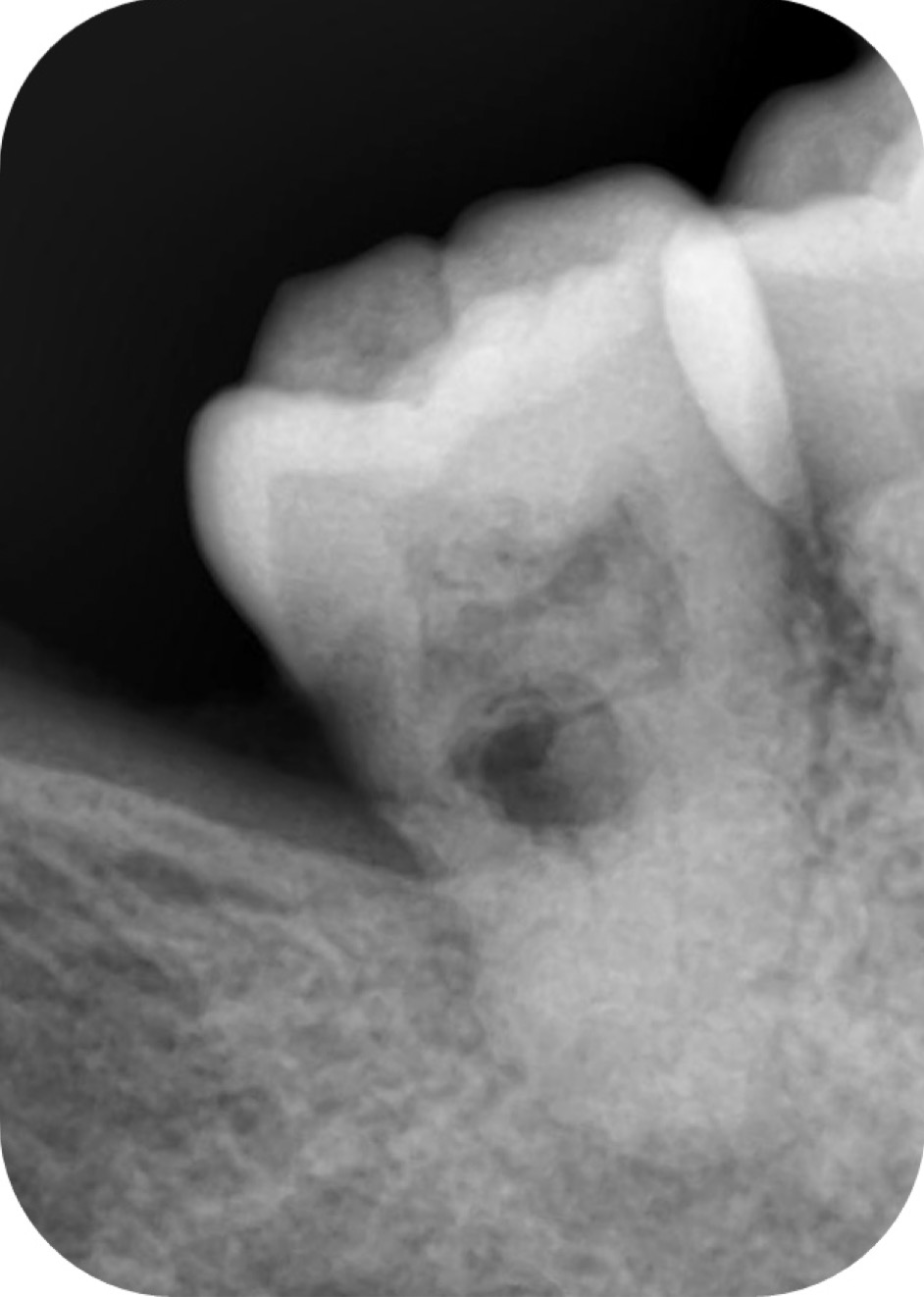 Internal root resorption in permanent mandibular molar: A rare entity
Internal root resorption in permanent mandibular molar: A rare entity
Internal resorption is usually uncommon thing which starts from the root canal & destroy the tooth structure. It usually occurs as a result of a continuous chronic inflammatory process . […]
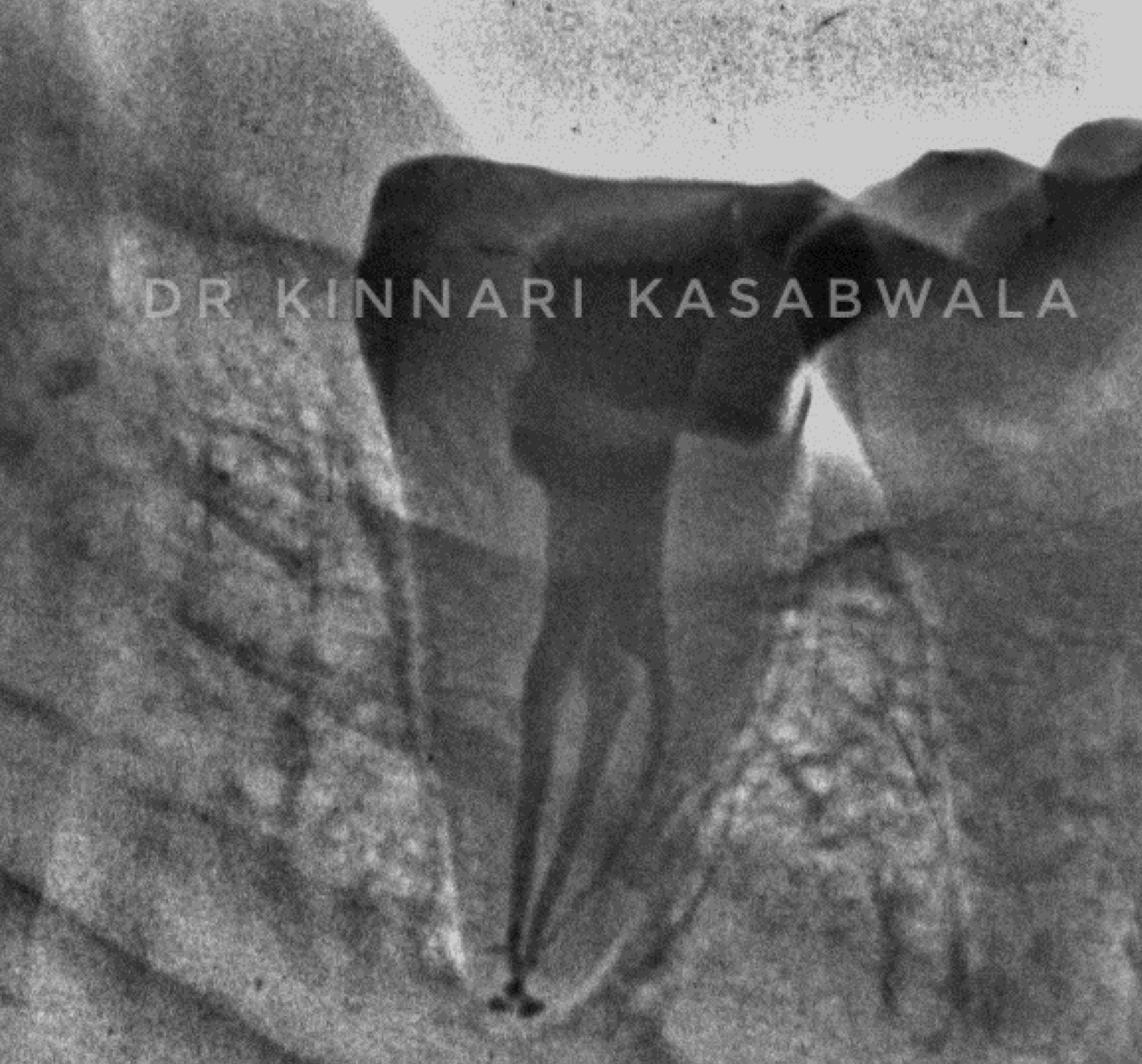 Management of C shaped canal in mandibular second molar
Management of C shaped canal in mandibular second molar
C shaped root canal configuration is an aberrant canal anatomy, common in the mandibular second molars with prevalence ranging from 2.7% to 45.5% in different populations. Failure of fusion of Hertwig’s […]
 RCT Of A First Lower Molar with Five Canals And An Additional Distal Root
RCT Of A First Lower Molar with Five Canals And An Additional Distal Root
The chemomechanical preparation of the canal system is one of the most important phases of endodontic treatment and can be compromised in certain cases when performing a minimally invasive approach […]
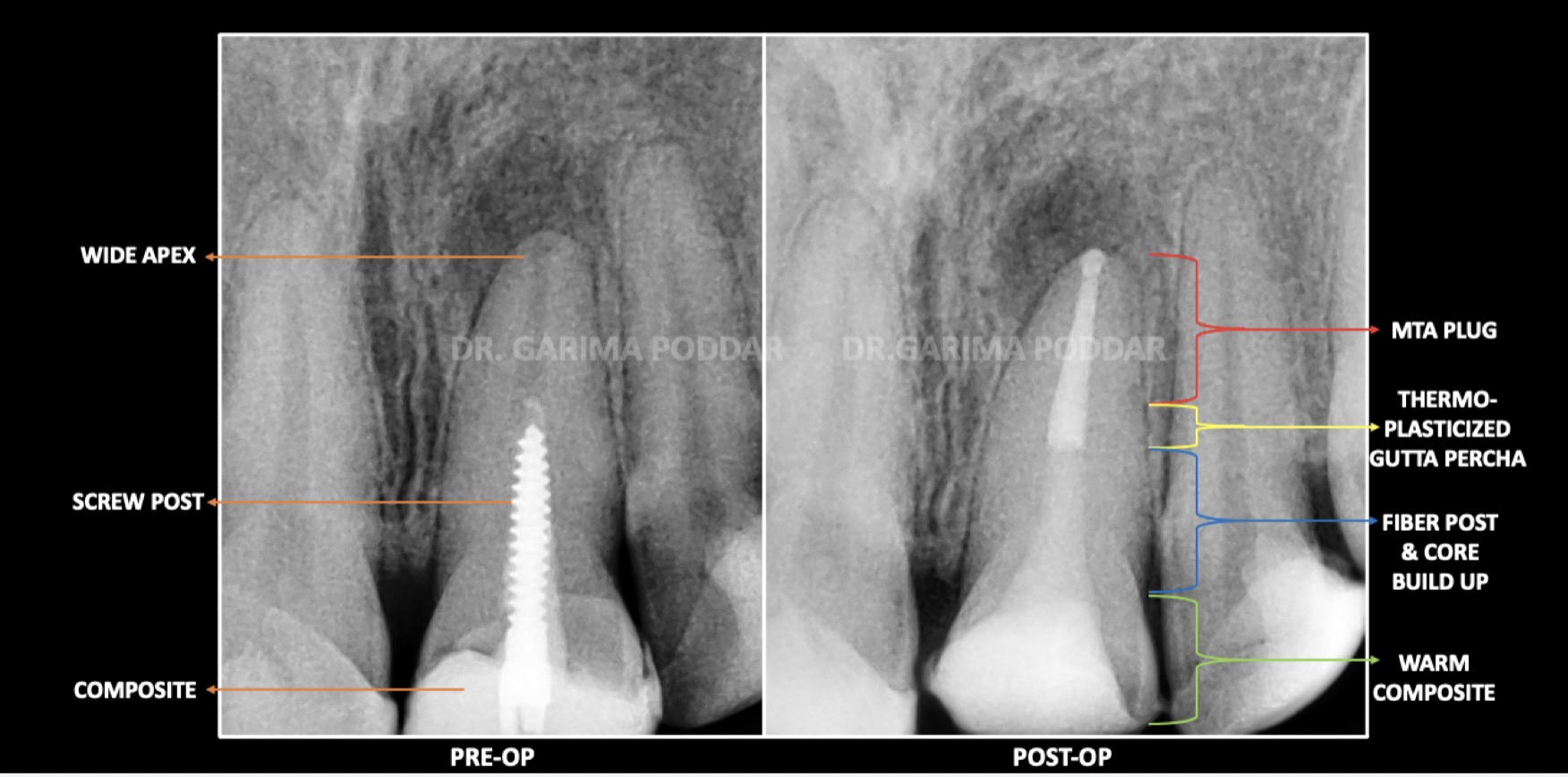 A Screw Post & Widened Apex Story
A Screw Post & Widened Apex Story
This is the story of retreatment and management of tooth number 21 where a screw post was placed in the canal without performing root canal treatment. Over a decade, the […]
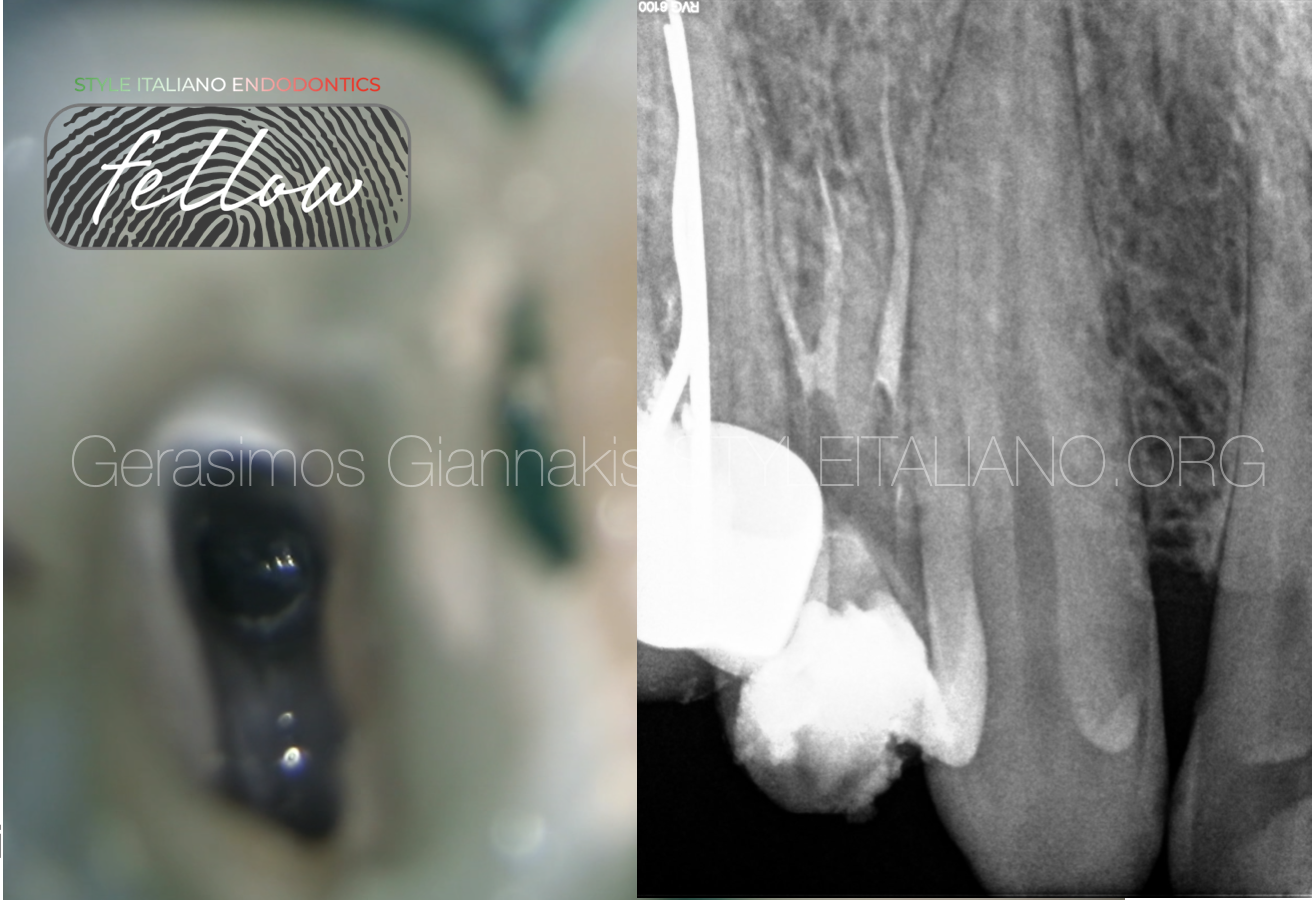 Three roots in a first maxillary premolar: A case report
Three roots in a first maxillary premolar: A case report
How often is this anatomical variation of maxillary first premolars? How can we detect it? How to treat such anatomy? In this article I will try to address these considerations.
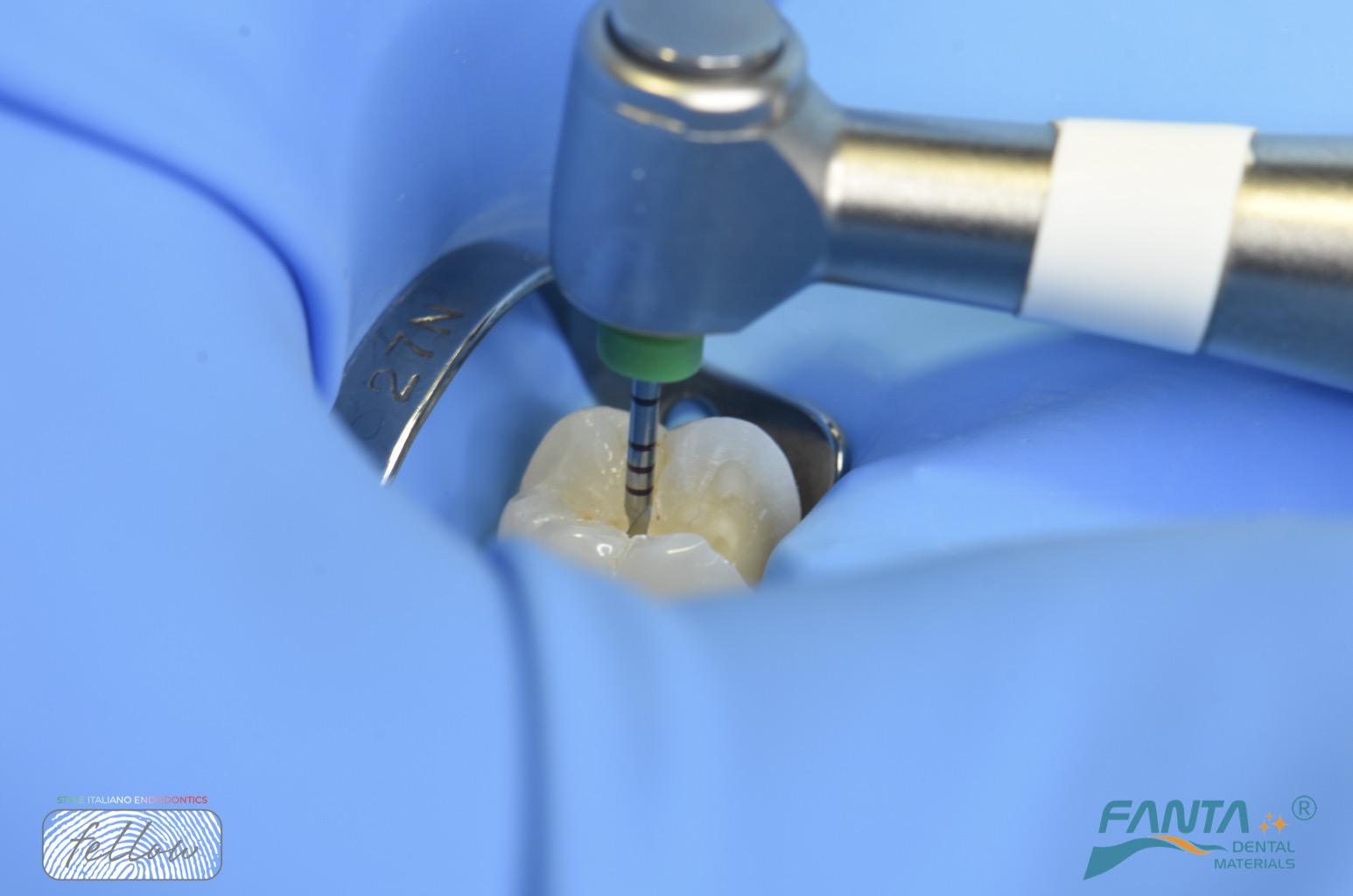 Lower molar with narrow mesial canals
Lower molar with narrow mesial canals
The root canal treatment of a lower molar with narrow canals is a complex and delicate dental procedure aimed at removing infected or damaged pulp tissue while preserving the tooth's […]
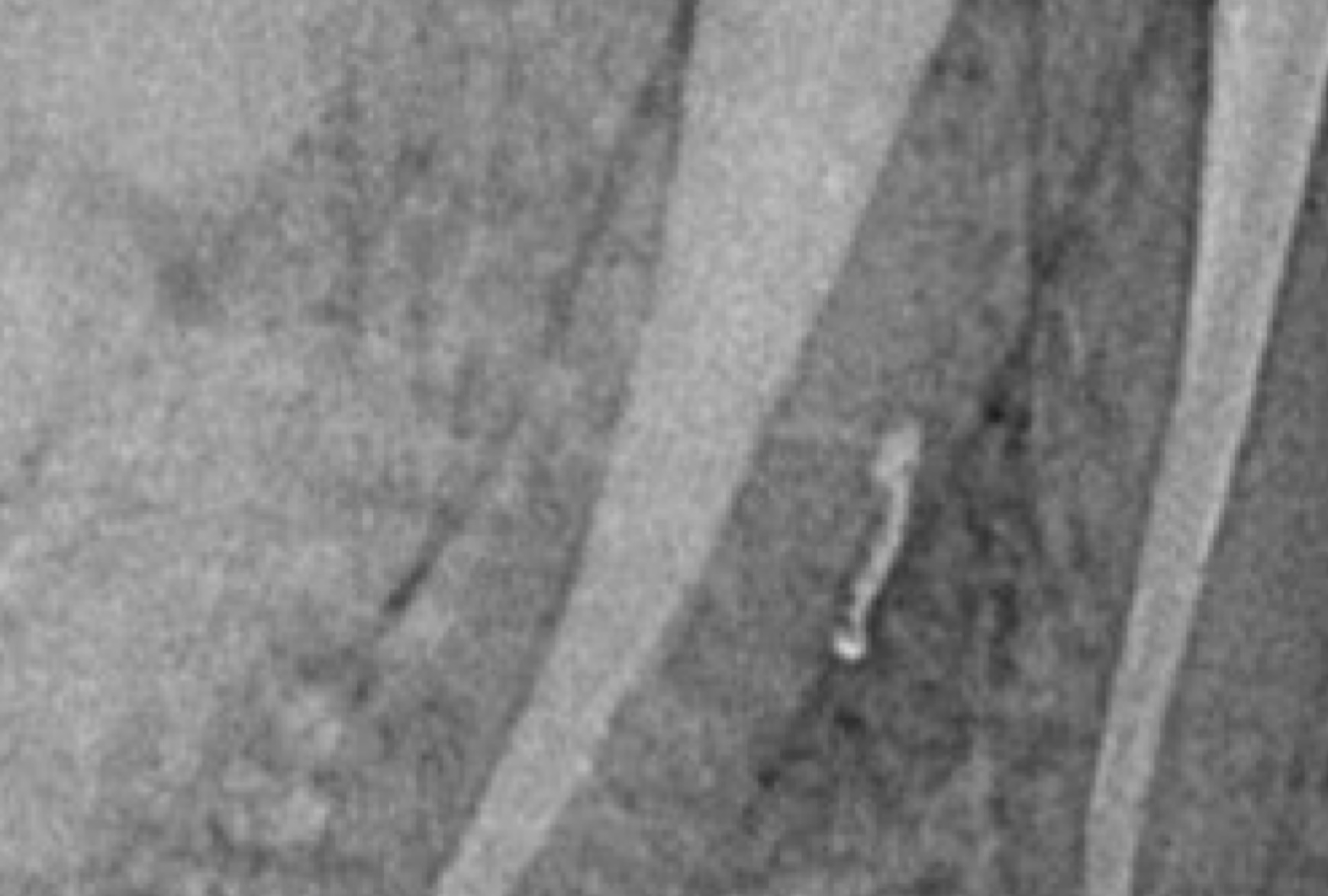 Do lateral canals matter?
Do lateral canals matter?
The importance of treating lateral canals has been a long lasting debate between endodontists. From Schilder and Wein debates in the 80s to nowadays debates between Castellucci and Ricucci, the […]
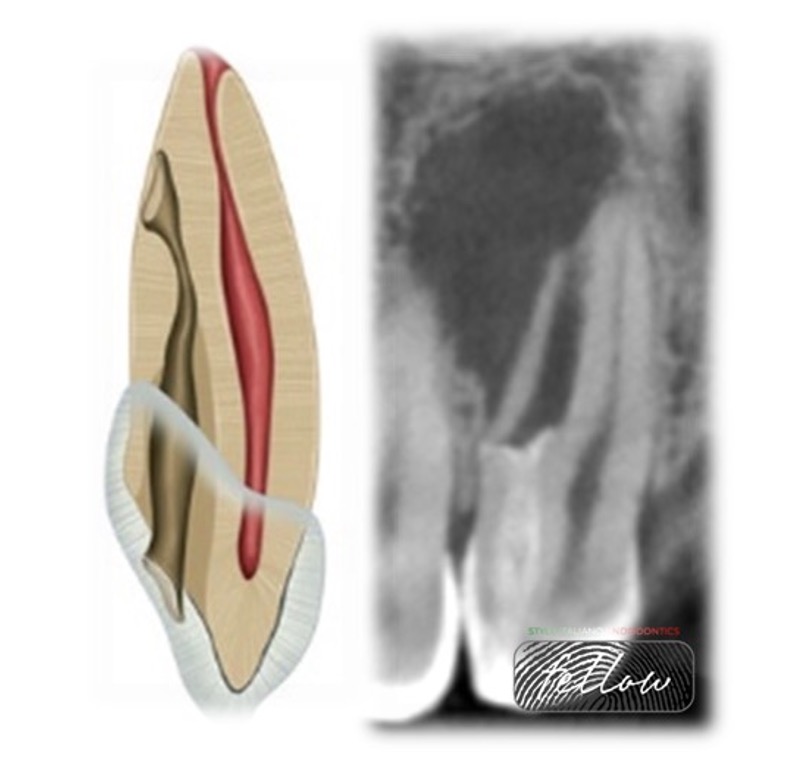 Case report Management of Dens Invaginatus type IIIA
Case report Management of Dens Invaginatus type IIIA
This article showing the Management of Dens Invagenatus of upper lateral incisor with large periapical lesion.